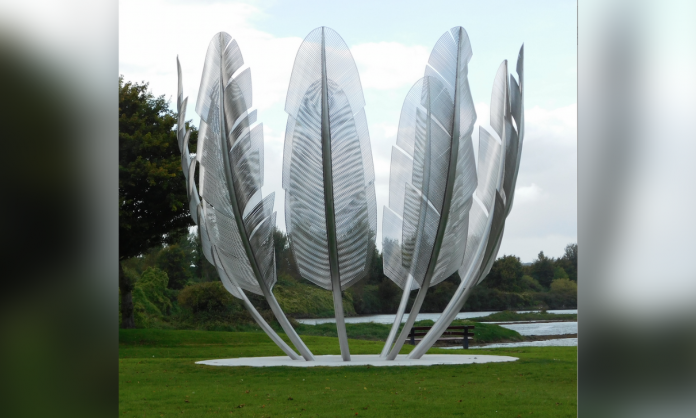By Mary O’London
The Great Famine, also known as the Great Hunger, was a period of starvation and disease in Ireland from 1847-1852. This is also referred to as the Irish Potato Famine. The most glaring cause of the Famine was not a plant disease but England’s long running political hegemony over Ireland with competition for land, resulting in high rents and smaller plots, thereby squeezing the Irish substance and providing a large financial drain on the economy.
The main crop which was potatoes was what the country relied on for nutrition. A disease caused late blight destroyed the leaves and edible roots of the plant in successive years from 1845-1849. It had come to an end in 1852, not because of any massive relief effort but mainly because a huge population had died or left.
One million people vanished and this starved immigration. People often ask “why didn’t the Irish catch and eat more fish if they were an island?” To start with you need energy to haul nets or drag boats ashore. This may be the wrong question as there was plenty of food in Ireland being shipped to England (when the potato first arrived to Ireland in the 16th century, oat, wheats and barley cooked as porridge and bread was the staple diet).
Ireland was a Catholic country at the time of the Famine so why didn’t Pope Pius IX help the starving population? Besides encouraging large establishments he was not positioned to help but he did set a personal example by giving from his own purse. No help came from the British government as they were too busy trying not tolose resources or money. Although some believe the myth that Queen Victoria (known later as the Famine Queen) only donated a miserly £5, it fact it was £2000 of her personal resources.
In 1847, an American Native Tribe, the Choctaw Nation, collected $170 – equivalent to more than $5000 today – to help the famine sufferers. The gift’s generosity should be seen in the context of the hardship suffered by the Choctaw. They traditionally lived in what is now south-eastern Mississippi. In 1820 tribal leaders signed the Treaty of Doak’s Stand, ceding rich cotton lands in the delta region east of Mississippi for 13 million acreas in Oklahoma.
Most families refused to move until U.S. President Andrew Jackson pushed the Indian Removal Act through Congress in 1830. Choctaw leaders were forced to sign the Treaty of Dancing Rabbit Creek, ceding their remaining lands and agreeing to move 600 miles west. Nearly 100,000 Choctaws had to take the Trail of Tears and Death, with more than 15,000 people perishing. The Irish Potato Famine was the worst to befall any European country in the 19th century.
In 1847 27 Choctaw leaders met in the town of Skullyville in the Indian Territory to discuss the plight of the Irish which they may have heard about from the recently settled Irish immigrants or missionaries. After the contribution was collected, the money was distributed by the Society of Friends and Quakers in Dublin. In 2015 the gift was commerated by the Kindred Spirits sculpture, a 20 foot high circle of nine stainless steel eagles feathers at Ballick Park, Co. Cork.








